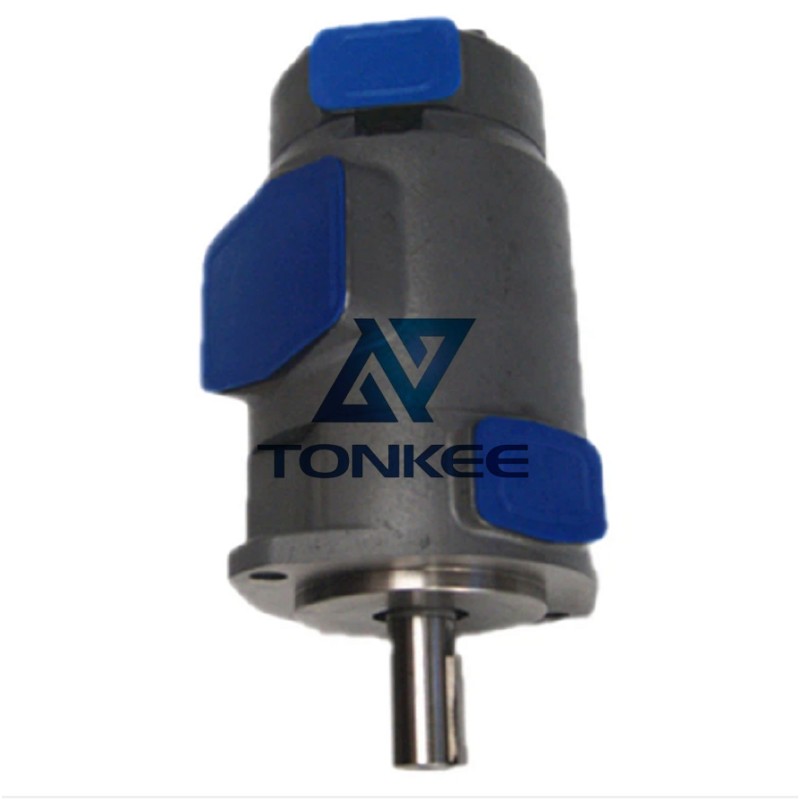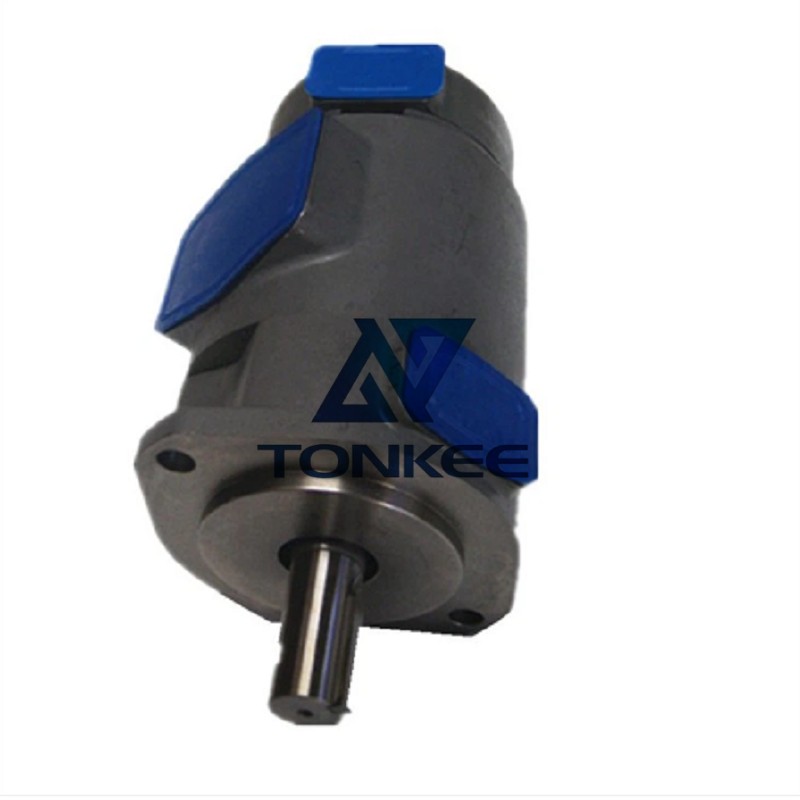
The SQP21, SQP31, and SQP32 models are single-stage pumps, while the SQP41, SQP42, and SQP43 models are two-stage pumps.
This means that the latter models can provide higher pressure capabilities compared to the former. These pumps feature a double vane design, which allows for smooth and efficient fluid flow, minimizing pressure pulsations and noise.
The pumps in the SQP series are designed to operate at high speeds and pressures. They can handle pressures up to 210 bar (3,045 psi) and deliver flow rates ranging from 3.5 to 98 cm³/rev (0.21 to 5.98 in³/rev), depending on the specific model. This versatility in flow rates allows the pumps to be used in a wide range of hydraulic systems with varying requirements.
The SQP series pumps are known for their compact and lightweight design. This makes them suitable for applications where space is limited or weight reduction is crucial. The pumps are typically made of high-quality materials such as cast iron or aluminum alloy, ensuring their strength and durability even in demanding operating conditions.
One of the key features of the SQP series pumps is their high efficiency. The double vane design, combined with precision manufacturing techniques, reduces internal leakage and friction losses, resulting in improved overall efficiency. This not only helps to save energy but also reduces heat generation, extending the lifespan of the pump and minimizing the need for maintenance.
The SQP series pumps are equipped with advanced sealing systems to ensure reliable and leak-free operation.
The vanes are made of high-performance materials with excellent wear resistance, allowing for long-lasting performance and reducing the risk of downtime.
These pumps are compatible with a wide range of hydraulic fluids, including mineral oils, water-glycol solutions, and synthetic fluids, further enhancing their versatility and applicability.
Installation and maintenance of the SQP series pumps are relatively straightforward. They can be mounted in various orientations, allowing for flexible installation in different system configurations. Regular maintenance typically involves inspecting and replacing worn-out parts, such as vanes and seals, as well as checking fluid levels and cleanliness.






